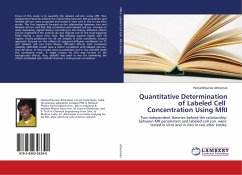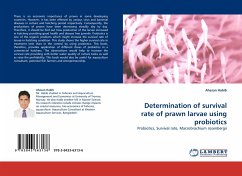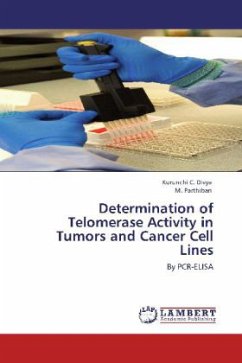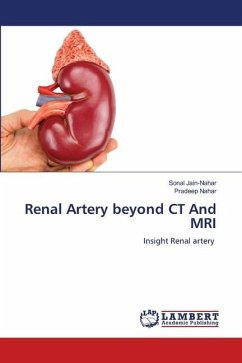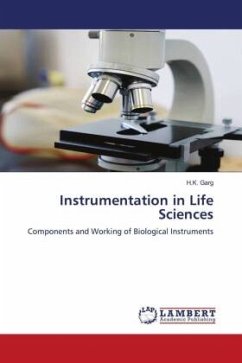Focus of this study is to quantify the labeled cell con. using MRI. Two independent theories behind this relationship between MR parameters and labeled cell con. were proposed and tested in vitro and in vivo in rats after stroke. The first approach focused on the relationship between iron and labeled cell con. and R2p. R2p correlation with labeled cell con. is based on static dephasing regime theory. According to this theory, diffusion effects can be neglected if the protons do not migrate out of the local magnetic fields during a given echo time. R2p relaxivity agreed closely with SD regime theory predictions for all cell samples in both conditions. Second approach focused on the effects of apparent diffusion coefficient on T2 and labeled cell con. From theory, diffusion effects with transverse relaxivity (ADCXR2) would have a better correlation with labeled cell con. than R2 alone. In vitro results were as predicted, but in vivo ADCXR2 made the correlation weak. A major reason for this may be due to the background effects. Also, deltaR2 was used in vivo for estimating the effects of labeled cells. DeltaR2 showed a strong linear correlation.

